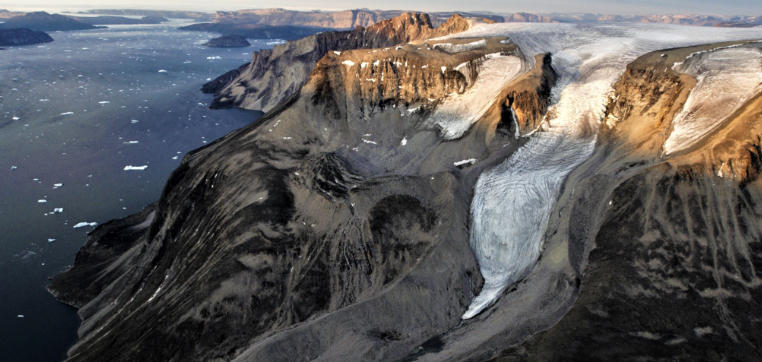The Influence of Ice Age Glaciers on Norway
The stunning landscapes of Norway, with its dramatic fjords and rugged mountains, owe much of their beauty to the powerful forces of nature during the Ice Age. Understanding how glaciers shaped this Nordic country not only enriches our appreciation for its scenery but also deepens our connection to its geological history. Let’s explore the remarkable influence of Ice Age glaciers on Norway’s topography.
The Carving of Fjords
One of the most striking features of Norway’s landscape is its fjords, deep inlets characterized by steep cliffs and serene waters. These breathtaking formations were a direct result of glacial activity during the last Ice Age, which ended around 12,000 years ago. Glaciers advanced through the valleys, carving out U-shaped troughs as they moved. When the ice melted, sea levels rose and filled these troughs, creating the iconic fjords we see today. This glacial erosion not only shaped the coastline but also influenced the local ecosystems, making these areas rich in biodiversity.
The Formation of Mountain Ranges
In addition to fjords, glaciers played a pivotal role in the formation of Norway’s mountain ranges. As the massive ice sheets advanced, they stressed the earth’s crust, causing uplift and creating the rugged peaks we admire today. The Jotunheimen range, for example, showcases some of the highest mountains in Northern Europe, largely formed by this tectonic activity combined with glacial erosion. The interplay between glaciers and geology has resulted in diverse terrains that support alpine flora and fauna, making these regions key to conservation efforts and outdoor adventures.
Earth’s History Revealed
The impact of Ice Age glaciers extends beyond the physical landscape; it also offers insights into Earth’s climatic history. By studying glacial deposits and landforms, scientists gain valuable information about past climate conditions, helping us understand how the planet has changed over time. In Norway, features like moraines—accumulations of debris pushed by glaciers—provide a historical record that researchers use to assess climate fluctuations. This knowledge is crucial, especially as climate change continues to alter our world today.
In Conclusion
The influence of Ice Age glaciers on Norway is a fascinating topic that reveals much about the natural beauty and geological history of this Nordic nation. From its stunning fjords to imposing mountain ranges and valuable climate records, the legacy of glaciers is woven into Norway’s identity. To delve deeper into this captivating subject, consider exploring local museums or taking guided hikes in glacial areas to witness the extraordinary impacts of the Ice Age first-hand. Whether you’re an avid traveler or a geology enthusiast, there’s always more to discover about Norway’s icy heritage!

